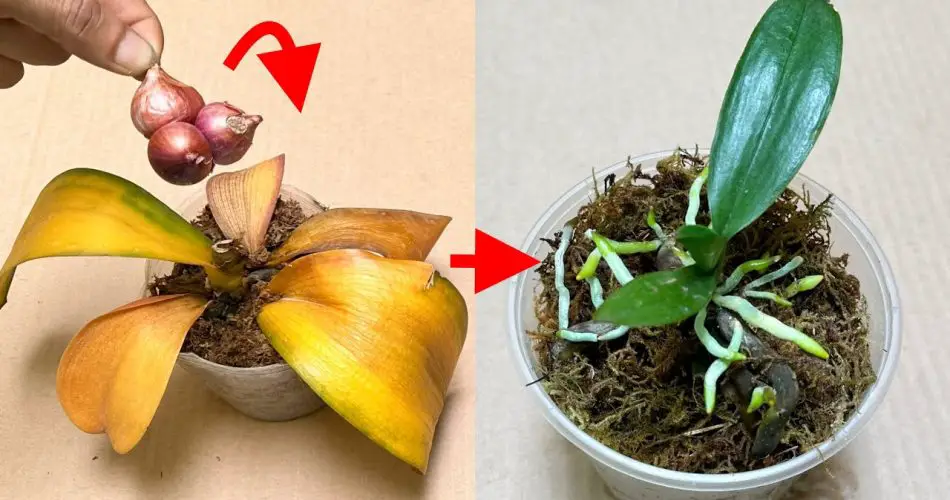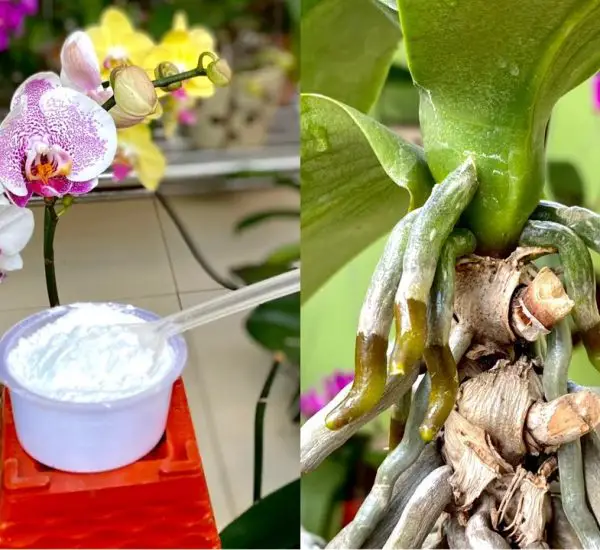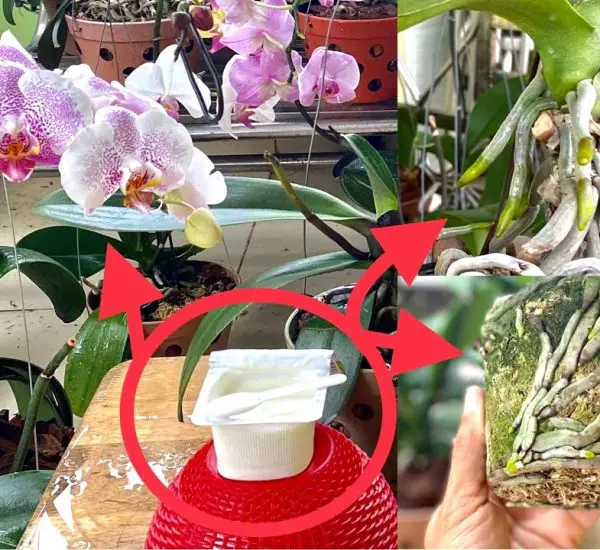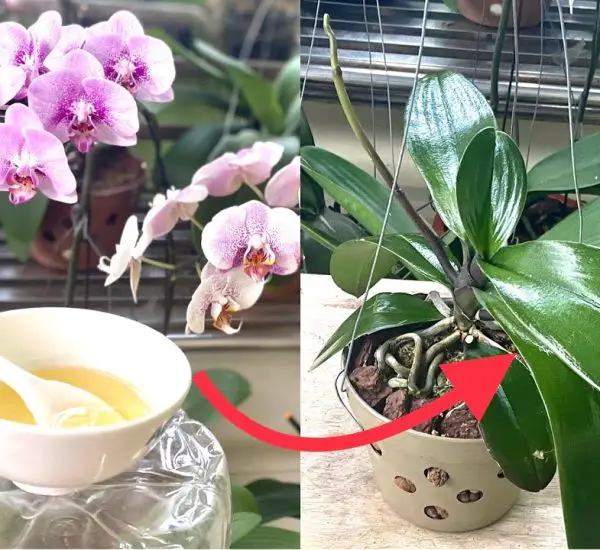Examining and Cleaning Rotten Orchids: A Crucial First Step
When faced with the disheartening sight of rotten orchids, there’s no need to hastily discard them. Instead, follow a straightforward and effective process to restore these plants. Begin by separating the affected orchids from the healthy ones. Thoroughly inspect the orchid, paying close attention to the roots, before embarking on any restoration efforts. The top portion of the orchid may have completely rotted, necessitating careful examination and cleaning of the roots. Neglecting this step could lead to further damage during the replanting process.
Utilizing the Antibacterial Power of Onions: A Quick Soaking Solution
Harness the antibacterial and antiseptic properties of a small onion to expedite the revival of the orchid. Break the onion into 0.5 liters of room temperature water, creating a solution with remarkable revitalizing potential. Filter this water and immerse the orchid roots in it for 20 minutes. Following this soaking, employ moss to disinfect the growing medium, ensuring a clean and conducive environment for recovery.
Potting Orchids with Care: Providing Optimal Growing Conditions
Prepare two plastic cups with holes and add a layer of clay to the bottom of the pot. Place the treated orchid in this pot, exercising care to situate it in a well-lit area, avoiding direct sunlight. For ongoing care, mist the dry potting material, maintaining just enough moisture. It’s crucial not to overwater during this stage. Witness the positive transformation after four weeks, observing significant growth from the root.
Boosting Growth with Nutrient-Rich Solutions: Ensuring Long-Term Health
To further enhance the orchid’s growth, incorporate a nutrient-rich solution into the care routine. Utilize a spoonful of rice, rich in vitamin B, and mix it with 200ml of water. Spray this mixture onto the plants every two weeks, fostering rapid growth of both the small plants and their roots. After 75 days, the results are evident—the orchid has thrived. Transition the plant to the outdoor environment, allowing it to acclimate naturally. This easy and accessible method offers a promising solution for anyone seeking to revive their once-rotten orchids.




